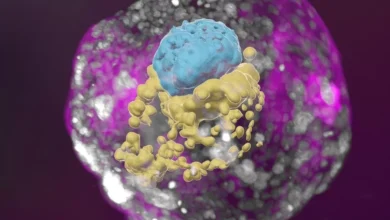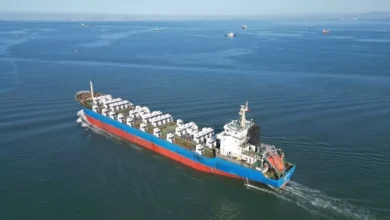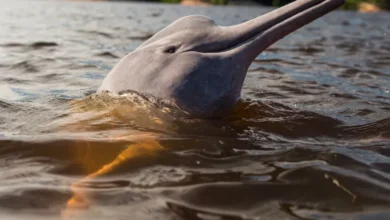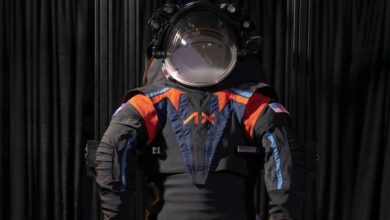‘We are selling a product that we hope gets discontinued’
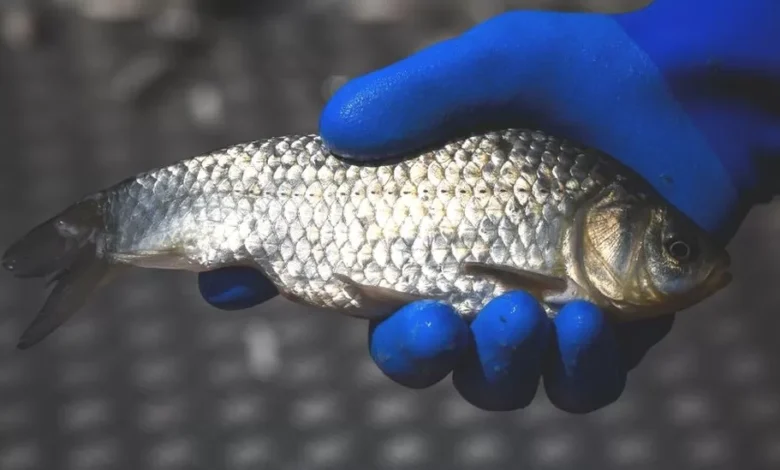
Invasive species cause ecological and economic damage around the world. Now some firms are seeing a commercial opportunity, by using such non-native animals and plants as a valuable resource.
Caitlin Benn, marketing director for dog food business Wilder Harrier, explains that the company hopes it will one day no longer be able to make one of its most popular products.
“It may sound weird to be actively selling a product that we hope gets discontinued,” says Ms Benn. “But that’s part of our purpose… because we want to make a difference.
“And that includes a product line with – all going to plan – a diminishing supply of its main ingredient.”
Ms Benn is talking about the Canadian firm’s “Sustainable Fish” dried dog food. It is made from an invasive species of fish called silver carp.
Native to China and eastern Siberia, silver carp were introduced to fish farms in the US in the 1970s, only to then escape quickly into the wild. Fast-forward to today, and the fish have spread widely along the Mississippi River and its tributary rivers and connected canals.
A voracious eater of fresh-water plankton, silver carp’s presence has decimated native fishing stocks as it outcompetes them for this food source.
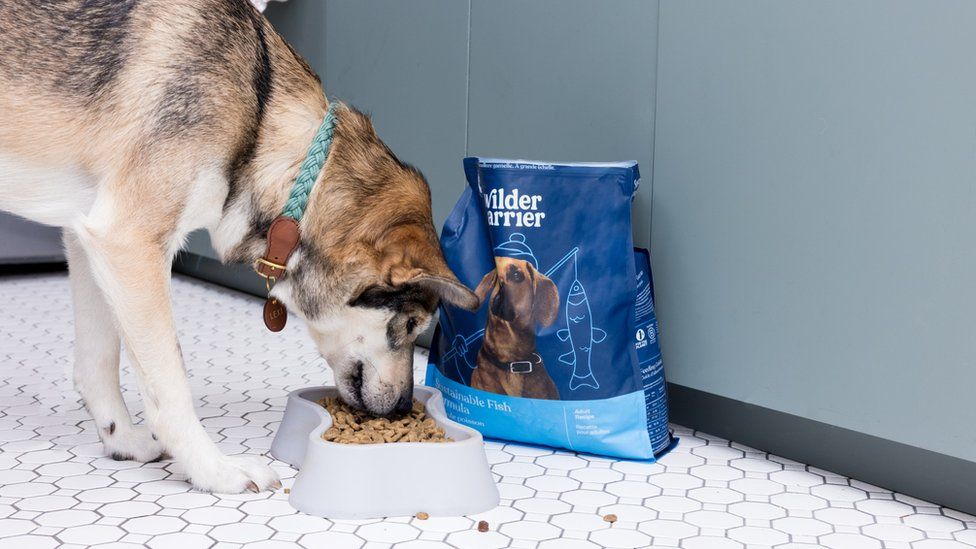
The big fear of both US and Canadian environmental authorities is this invasive species reaching the Great Lakes. That could potentially cause a collapse in commercial and recreational fishing on the lakes, and see the fish move on to Canadian rivers.
The Canadian province of Ontario’s Invasive Species Awareness Programme doesn’t mince its words when it calls the silver carp, and fellow invasive species bighead carp, “unwanted invaders” and “representing the most severe threat to Ontario’s waters”.
One key way to significantly reduce silver carp numbers is to catch the fish as a food source. Yet while silver carp is fine for humans to eat, and one taster described the fish as “quite palatable”, getting people to actually buy the species appears to be a tough sell.
Thankfully dogs are far less picky, and so Wilder Harrier is doing its bit to help tackle the problem.
It launched its silver carp-based dog food in 2020, using fish removed from waters in the US state of Illinois. To date it says it has sold more than 10,000 2kg and 5kg bags.
“We’ve removed roughly 12,000 silver carp from American lakes and rivers, that’s 50 tonnes of fish,” says Ms Benn.
The firm’s dog food is now available both online and at shops across Canada and the US.
In the Caribbean, one of the most problematic invasive species is sargassum, a large seaweed that first floated in from the Atlantic Ocean in 2011.
When it accumulates on shorelines it can smother beaches, and as it decays it gives off a foul smell like rotten eggs. It suffocates resident wildlife, and the toxic gases it releases – hydrogen sulphide and ammonia – can cause headaches, nausea and breathing difficulties in humans.
“We don’t have white beaches anymore,” says Pierre-Antoine Guibout, who moved to the Caribbean island of St Barts eight years ago. “We have brown beaches. It’s not nice. It smells bad.”
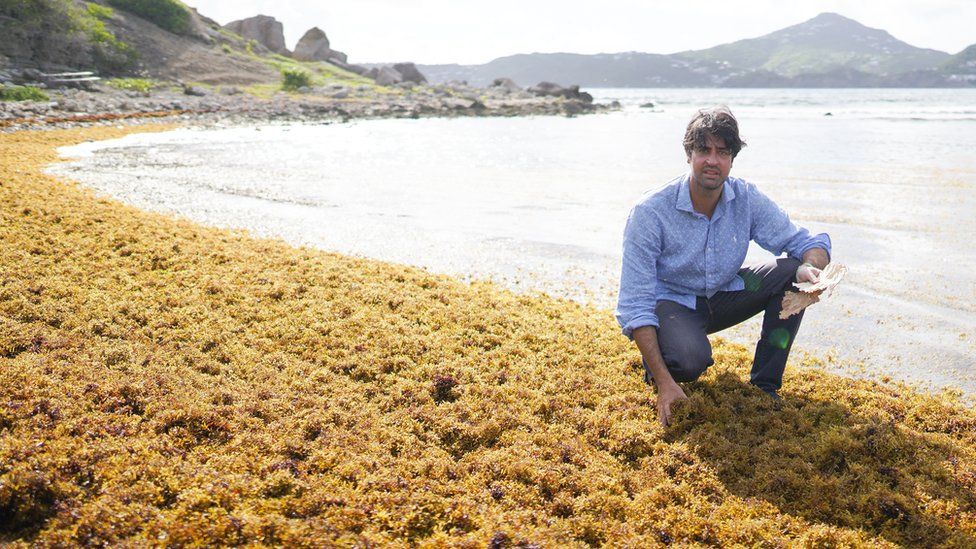
In just over a decade the amount of sargassum washing ashore across the Caribbean has tripled, with mounds up to a metre deep.
This increase has been fuelled by rising water temperatures, and fertiliser release into the sea, according to the Food and Agriculture Organization of the United Nations (FAO).
The fishing industry suffers through loss of species and damaged equipment, and it is terrible for tourism.
“We usually see sargassum [on the shore] from March to July,” says Mr Guibout. “But this period is becoming longer and longer.”
The huge influxes have been recognised as a natural disaster, and many countries have declared national states of emergency.
But Mr Guibout sees a resource. Recognising that the seaweed is both strong and flexible, he realised its potential as a cardboard-like material.
In 2019 he launched an initiative called the Sargasse Project, whose sargassum cardboard is now being tested by laboratories in France before the project moves onto the commercial stage.
Mr Guibout hopes that online retailers like Amazon and France’s La Redoute will one day switch to the material to make their delivery boxes.
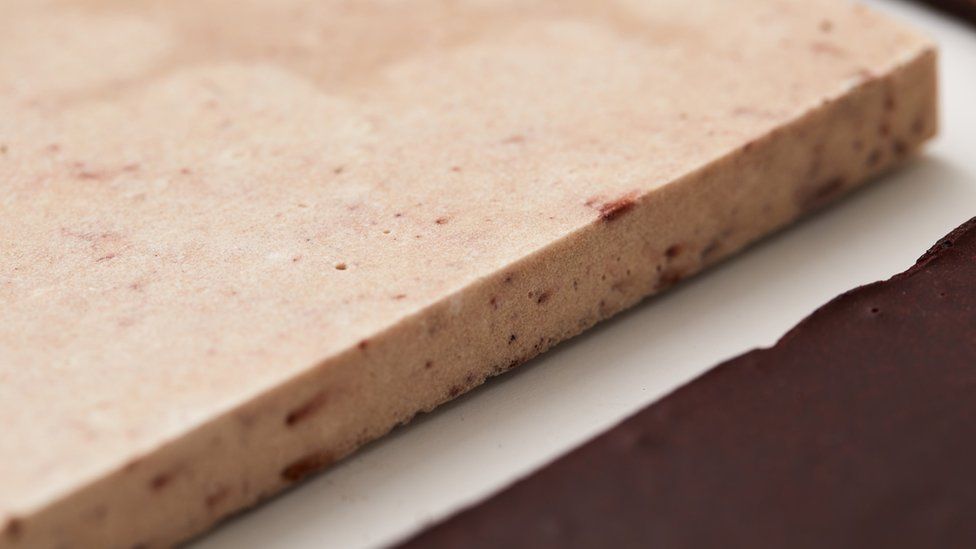
“We don’t know how to eliminate invasive species like this,” he says. “The only solution we have right now is to make something useful with it.”
In South Korea a company called Star’s Tech is using another invasive species – Japanese common starfish – as an ingredient in its environmentally-friendly de-icer Eco-ST.
“Asterias amurensis – or Japanese common starfish – is a predator causing massive damage to aquaculture,” says Dan Shin, sales manager at Star’s Tech. “They have a high fertility rate and huge appetite.”
Star’s Tech removes an extract from the starfish’s skeleton structure, which it says makes its de-icer less corrosive to concrete and metal.
The product launched in the South Korean market two years ago, and now Star’s Tech has set its sights overseas, hoping to break into Canada, the US, Europe and Japan.

